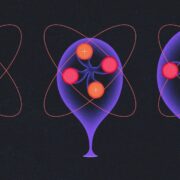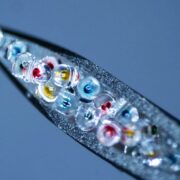Why the Polar Vortex Is Bad for Balloon Artists
Leave a balloon out in the cold and it’ll shrink and look pathetic. Sorry, but that’s the law—the ideal gas law. ..
Leave a balloon out in the cold and it’ll shrink and look pathetic. Sorry, but that’s the law—the ideal gas law. ..
Genetically engineering plants to change colors when they encounter a contaminant could help scientists better understand their needs—and the environment. ..
The preferred “handedness” of biomolecules could have emerged from interactions between electrons and magnetic surfaces on primordial Earth, new research ..
In some subterranean aquifers, cells have a chemical trick for making oxygen. It offers new insight into how life survives deep underground on Earth—and ..
Turtles’ shells contain a chemical record of the environment—including highly enriched uranium, an indicator of nuclear weapons development. What can we learn ..
How would scientists even recognize biological signs of life beyond Earth? Assembly theory proposes a way to identify molecules made by living systems—even ..

By measuring inflated helium nuclei, physicists have challenged our best understanding of the force that binds protons and neutrons. ..
A study of baby-food containers shows that microwaving plastic releases millions upon millions of polymer bits. ..

Chronic illness patients often struggle to keep up with medications that need frequent, timely doses. What if a single shot lasted for months? ..
Actuators inspired by cucumber plants could make robots move more naturally in response to their environments, or be used for devices in inhospitable places. ..